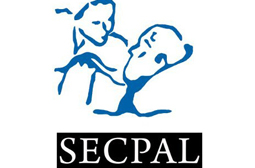
ColaBoraBora is a social initiative cooperative forming part of an alternative, solidarity-based economy. Before, we were a not-for-profit (NFP) called Amaste, which started in 2001. After many years, we went from being an NFP to being a social initiative cooperative, changing our name to ColaBoraBora. Our group consists of 5 people who primarily come from cultural and artistic backgrounds. ColaBoraBora is a space that is open to other social, economic, and political spheres. Much of our work is aimed at transforming the public sphere, particularly public politics and programs. We are dedicated to helping design alternative types of environments, as well as processes that are more open and participative, where citizens, the public sphere, and the private sphere can all come together. At the beginning the organization focused more on communication and guerrilla marketing. After that the organization became involved in informal education, primarily with adolescents. From there we started to work increasingly more as a cooperative, becoming ColaBoraBora in 2010, a point where the cooperative aspect became the central axis of all of the organization’s projects. We started designing collaborative environments and processes and working on how to give people tools so that they can decide what they want to do and make it happen. When I refer to ‘people’ I do not mean the entire citizenry– sometimes they are small groups, other times they are groups of workers or politicians and administrators themselves. This is because even when people are in power, not even they know how to work collaboratively. So there is a constant effort to experiment and think about how things would be if they were thought about collectively and collaboratively.





